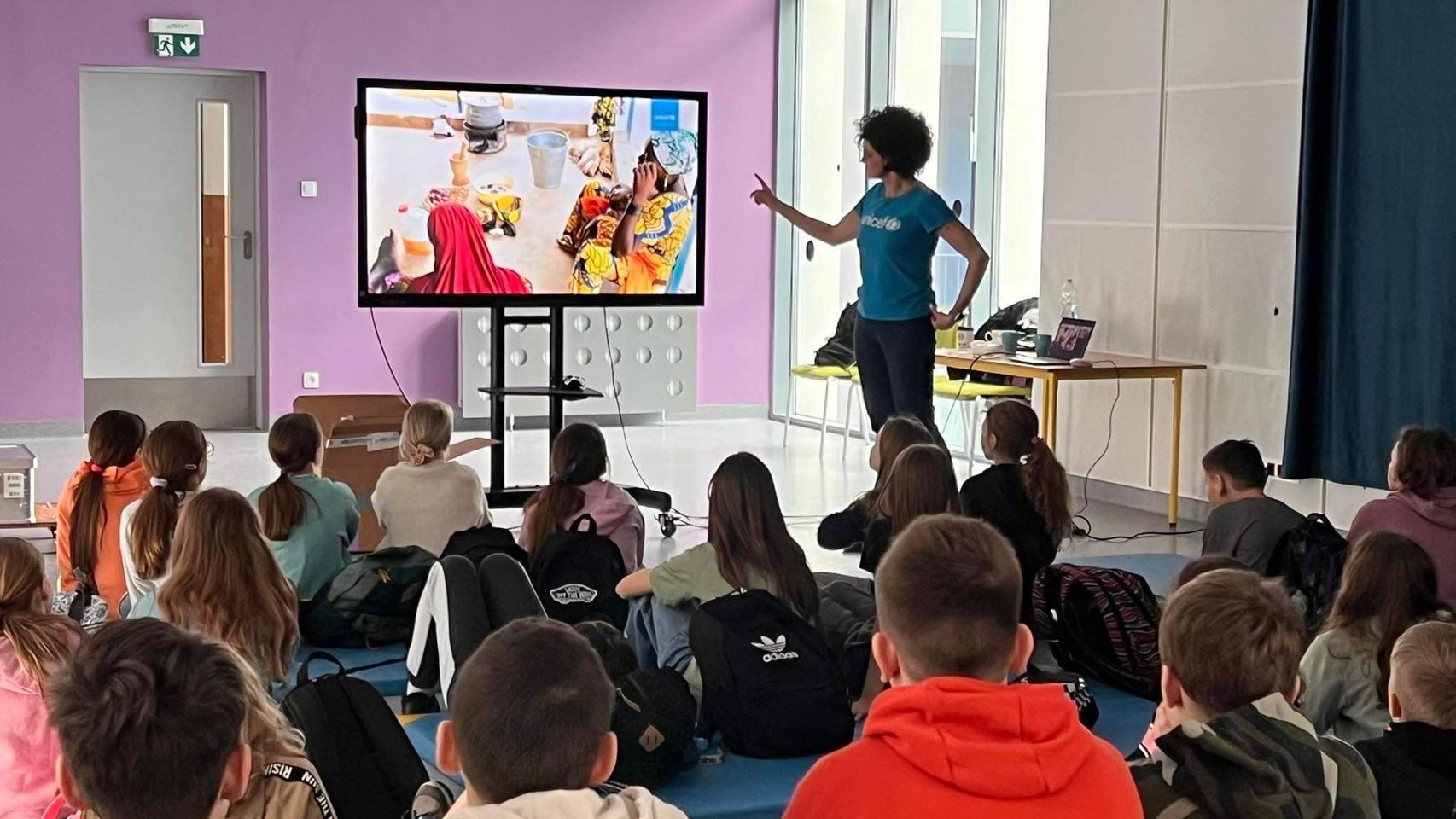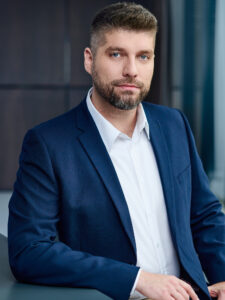Contact Ask a question
Symbase representatives
SYMBASE S.A.
ul. Firmowa 16
62-023 Robakowo

UV materials usually consist of many elements, including: photoinitiator, additives, modifiers, monomer and oligomer. The ultraviolet light curing process begins when the photoinitiator in the LCM is exposed to a light energy source of the appropriate spectral power. LCM molecules break down into free radicals (initiation occurs), which then begin to form polymer chains with monomers, oligomers and other components (propagation) until all components form a solid polymer (termination). After sufficient exposure to light, the liquid LCM is polymerized or cured within seconds.
The use of this type of materials provides manufacturers with many benefits through:
- improvement of structural bonds,
- protection of circuits against environmental damage,
- solving the problem of temperature management, thermal shock and vibration,
- increasing functionality and efficiency,
- solving hardening problems - speed of the process.
Among the most commonly chosen materials are:
- Adhesives – Light-curable adhesives crosslink within seconds when exposed to UV/visible light. They form very strong, environmentally resistant bonds to plastic, metal and glass substrates used in automotive electronics manufacturing. Because of their ability to bond to a wide range of substrates, they excel at assembling dissimilar materials, which cannot be achieved with traditional fastening methods and other chemicals. The fast curing of adhesives is one of the main advantages over other slow-curing and labor-intensive application processes.
- Conformal coatings – Increase the long-term reliability of automotive electronic components. When applied to circuits on printed circuit boards, they act as protection against destructive environmental conditions. Circuits left uncoated (unprotected) can cause complete failure of electronic systems. The main advantage of light-curable conformal coatings is that the material can be used without volatile substances (100% solids). Other important properties include resistance to rapid and extreme temperature changes, as well as protection against heat, moisture, chemicals (such as gasoline), and corrosive materials (such as salt and sulfur).
Protective pourings – Materials for encapsulating and bonding wires to bare die, wire bonds or integrated circuits (ICs) found on PCBs, show excellent protection against thermal shock, high temperature, moisture and various corrosion initiators. Their fast curing helps reduce processing and energy costs.

27/03/2023
EcoVadis is a rating platform that evaluates a company's corporate social responsibility operations and practices. We have included care for a better world for everyone in the Symbase mission, that's why we are proud of the high EcoVadis rating.
Golden medal Ecovadis for SYMBASE!

27/03/2023
The work we do for others brings positive changes for everyone. Therefore, in march, together with UNICEF Poland, we started a series of workshops for children and teenagers which will make young people sensitive to social activities.
SYMBASE and UNICEF Poland together for the future of children and young people

